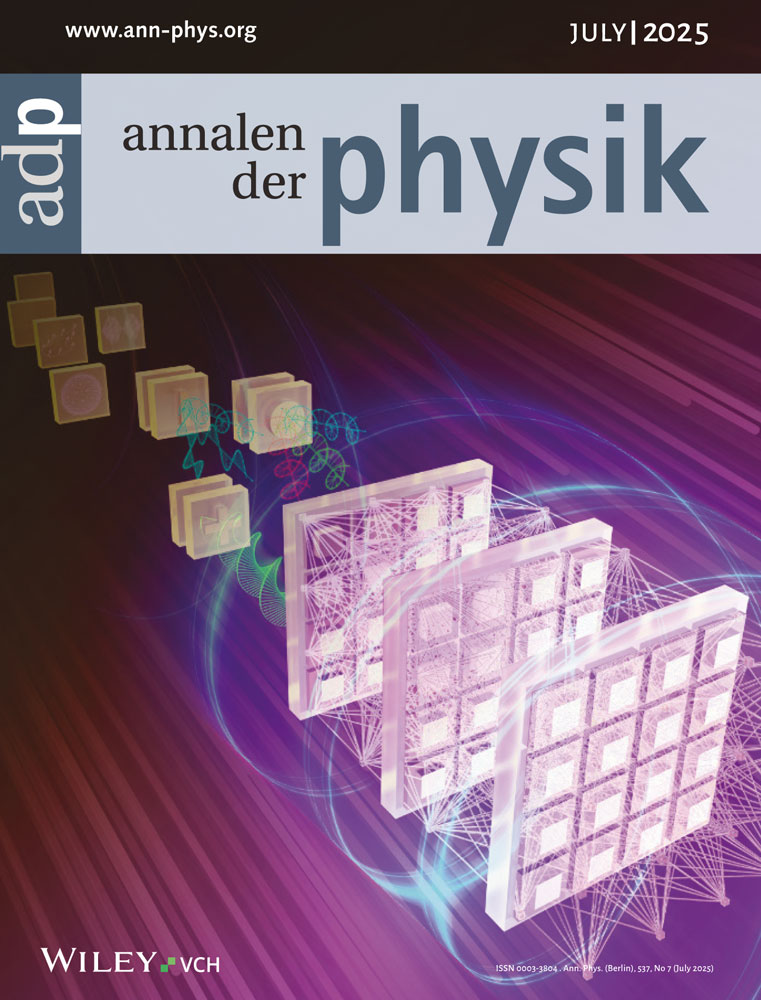Cathodoluminescence of selected single ZnO nanowires on sapphire
Abstract
Cathodoluminescence (CL) investigations of selected single ZnO nanowires grown by a thermal vapor-liquid-solid process demonstrate their very good structural quality. The low temperature CL of the ZnO nanowires of about 100 nm diameter shows in the spectral range of the donor bound exciton three main peaks at 3.366, 3.362, and 3.358 eV. The full width at half maximum of the bound exciton peak is 1.1 meV for ZnO nanowires at 9 K. In comparison, the peak widths of epitaxial ZnO PLD thin films and a ZnO bulk single crystal (Eagle Picher) are 1.2 meV and 0.7 meV, respectively. In contradiction to ZnO nanowires grown by MOCVD at 750°C, the CL spectra of the thermally (915°C) grown ZnO nanowires show no additional peaks from donor or acceptor transitions or phonon replica.




